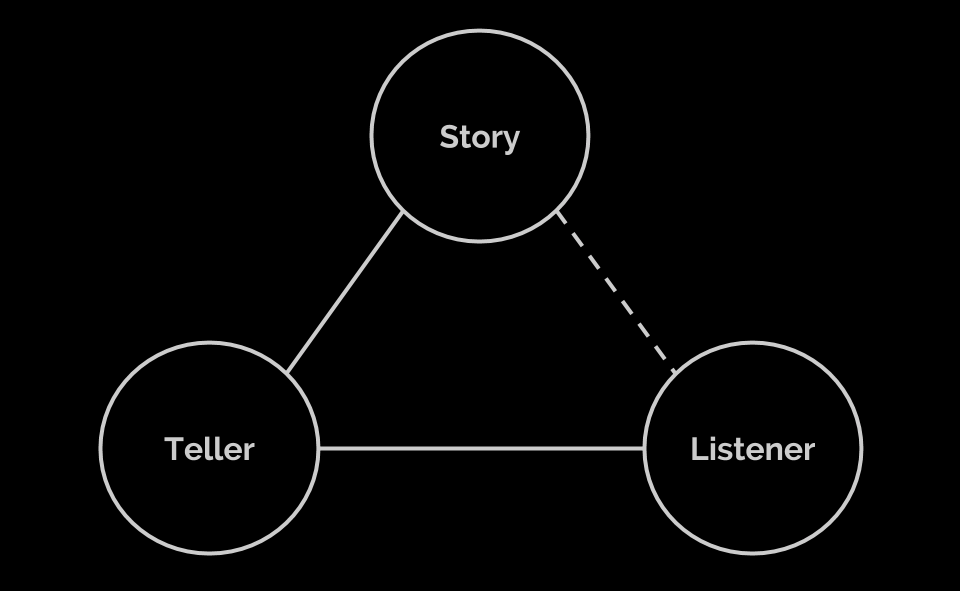The Storytelling Art
What is a story and how to tell it?
“There are these two young fish swimming along and they happen to meet an older fish swimming the other way, who nods at them and says “Morning, boys. How’s the water?” And the two young fish swim on for a bit, and then eventually one of them looks over at the other and goes “What the hell is water?” ― David Foster Wallace
Stories are like water to a fish. They are everywhere around us but we are just not aware of them. Once we become aware that they exist, we start to recognize them all around us. We know that stories have been used as an effective and an efficient medium for communication, persuasion and sharing of insights for centuries. However, a basic question still arises, what qualifies as a story? Does every anecdote, incident, or example if shared become a story? A story is definitely a narrative account of an event or events but there has to be something deeper than that.
The best definition I have read about story comes from Robert McKee, who describes it as something that expresses how and why life changes. The story starts with an existing reality, which is fairly in balance. Then there is an inciting event or incident, which changes this balance. This leads to the struggle to achieve balance in which the lead character’s expectations are different from the uncooperative objective reality. The story goes on to show the struggle and the efforts by the protagonist to deal with this change, taking risks, making difficult decisions and then discovering the truth. Story Spine - an exercise in doing story improvisation uses this traditional structure of stories: Setup - Conflict - Struggle - Climax - Resolution, as a way for quickly developing and understanding a story.
If you want a more structured framework to understand stories, then refer to David Herman, a narrative scholar. He lists four key things that help indicate whether a text is a story - events that happen in time, named individual or people who have to face decisions, a disruption of a state of equilibrium (in the context) and a foregrounding of human experience. These four aspects of the story - ordering in time, decisions, change in context and human emotions - are probably a good indicators of the core elements of a story framework.
We can start to see stories around us and understand their structure. Yet we still know how hard it is to tell a story that works with the audience. My experience with oral storytelling has shown me how difficult it is to make stories work. Not only are stories inherently fragile, even narrating the same story to a different audiences can lead to dramatically different results.
But it is also in the rich tradition of oral storytelling, that I have found the closest answer to how to make stories work with an audience. Doug Lipman, in Improving your Storytelling, talks about the storytelling triangle created between the storyteller, the listener and the story. Two of these relationships are very direct and apparent. The one between the storyteller and the story would be pre-existing - including the intellectual understanding, the emotional experience and his/her imagination of the story. The relationship between the storyteller and the listener may be relatively new or may have already existed prior to the event.

However, the most important relationship between the story and the listener is not something the storyteller has any direct control upon. The storyteller can only prepare, suggest, offer and hope in all humility that a positive relationship can be created between the story and the audience. The role of the storyteller is then best compared with that of a gardener - one who can plant the seeds and provide the nourishment through water and access to sunlight, but can not actually make the seed grow. He cannot force a relationship between the audience and the story but when the relationship does materialize, he can appreciate in the mystery of the process used to nurture the same.
I think this understanding of the fragile seed of a story that needs to be planted and the humble role of the storyteller as a gardener to nurture it, is the very essence of the storytelling art.
This article was printed as a cover story on the TeacherPlus Magazine in December 2014